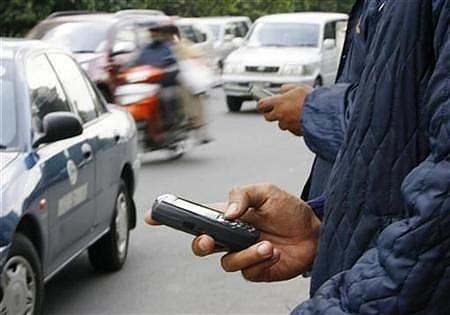
India's telecom sector can afford no more regulatory disruptions.
The Department of Telecommunications, or DoT, has decided that it will not cancel the GSM licences of dual-technology companies (those that operate both CDMA and GSM services).
The decision, as reported by Business Standard, is based on the legal advice given by senior advocate P P Rao. The controversy goes back to 2007 and 2008 when Andimuthu Raja was the telecom minister.
Apart from the general category, he had opened another window for a GSM licence and the spectrum that came free with it: dual-technology. This allowed CDMA operators Reliance Communications and Tata Teleservices to get 22 and 19 licences respectively.
The price tag was the same as the general category: Rs 1,658 crore (Rs 16.58 billion) for all the 22 telecom circles.
…

In February last year, the Supreme Court cancelled the 122 general-category licences given out under Mr Raja’s tenure after the Central Bureau of Investigation alleged impropriety and the Comptroller and Auditor General said there was a huge financial loss to the exchequer.
Some groups, including the Cellular Operators Association of India, or COAI, demanded that the dual-technology licences should also be scrapped. In fact, the COAI has moved the Supreme Court with a plea to revoke Tata Teleservices’ GSM licences.
Meanwhile, DoT has decided against it. This certainly isn’t going to be the end of the matter.
…

Those who have had to buy expensive spectrum in the last year or so are sure to escalate the matter in the days to come.
The controversy highlights, yet again, the mess in the telecom industry. Another sector beset with so many contentious issues would be hard to find.
The Supreme Court is hearing as many as four cases: the award of dual-technology licences, inter-circle roaming agreements on 3G spectrum, one-time spectrum fee and licence extensions.
Apart from that, the Telecom Regulatory Authority of India is reviewing the issue of spectrum pricing.
…

The promise of zero roaming charges looks uncertain. These are all key issues for the telecom sector.
Unless these are resolved, no business group would venture to put its money into the sector.
In the midst of all this, the government has proposed to raise the cap on foreign direct investment (FDI) in telecom from 74 per cent to 100 per cent in the hope of getting investments from overseas telecom firms.
But unless the regulatory mess is sorted out and the cloud of uncertainty over the sector blows away, it is unlikely that any overseas telco will invest in India.
…

The liberal FDI regime may only help minority Indian investors in telcos such as Aircel, Uninor and Vodafone to liquidate their investments.
Thanks to the various regulatory issues, and the hyper-competition introduced by Mr Raja, the sector has turned from a sunrise sector to a sunset sector in the space of a few short years.
Whatever DoT does next, it should ensure that telecom doesn’t get muddied any further, and that there is minimum disruption for customers. The last thing the sector needs now is another round of controversy.